Seven Hardy Lawn Alternatives
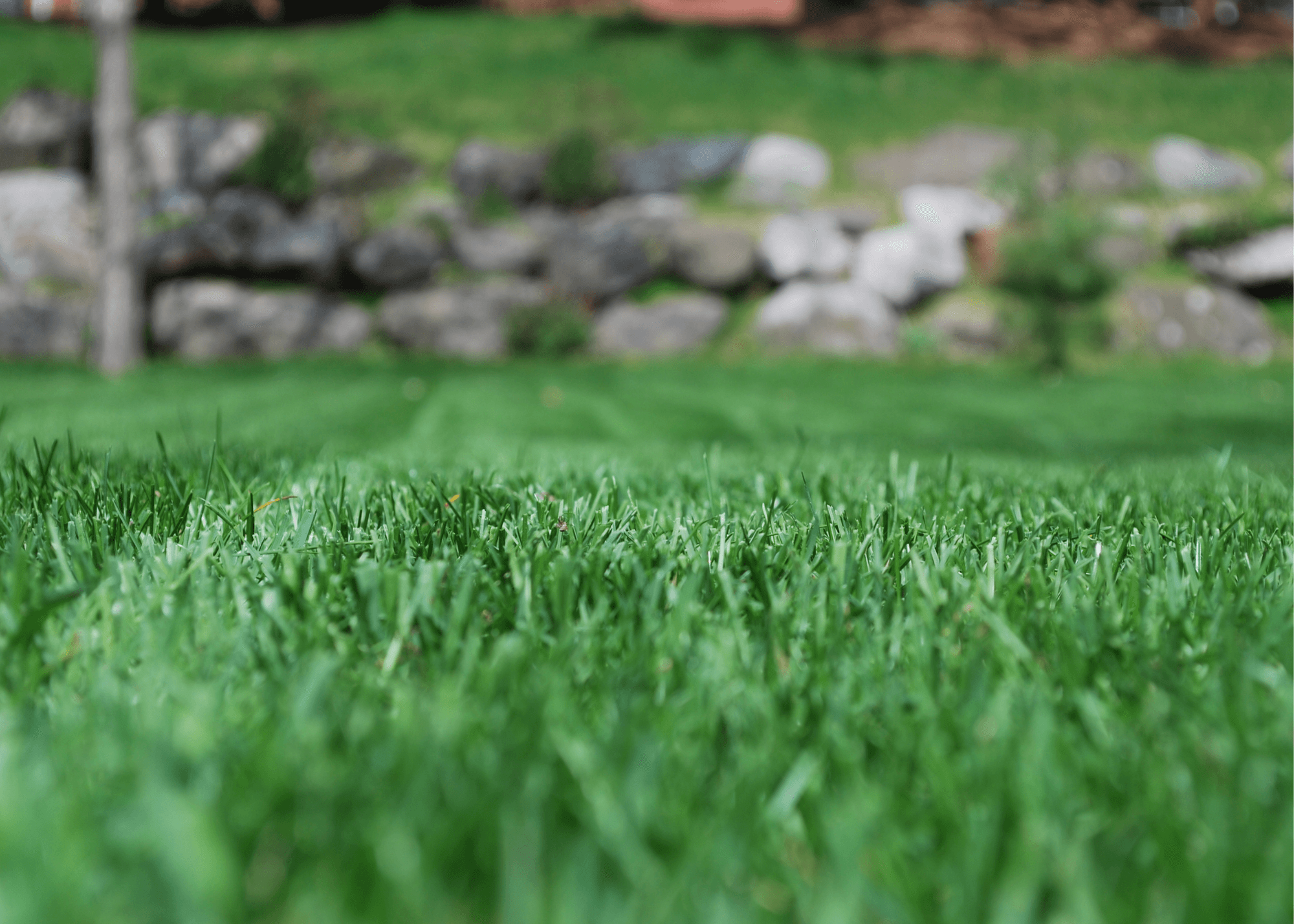
When it comes to deciding what plant to grow in your yard for your grass alternative, there are a few things you should consider. How much foot traffic does it get? What are you planning on using your yard for? How much water does your yard get each year? Is it sunny or shady? Based on these answers, your decision will be easy to make. Just scroll through this list and select which plant material suits your needs.
It is important to note that most typical lawn grasses hold up to foot traffic better than anything else—that’s why they’ve been so traditionally used. This list contains plants that can handle mild to moderate foot traffic, in addition to adding beauty and texture to your yard. They also require less maintenance and have adapted to various growing conditions.
Here are our top 7 picks!
1. Clover
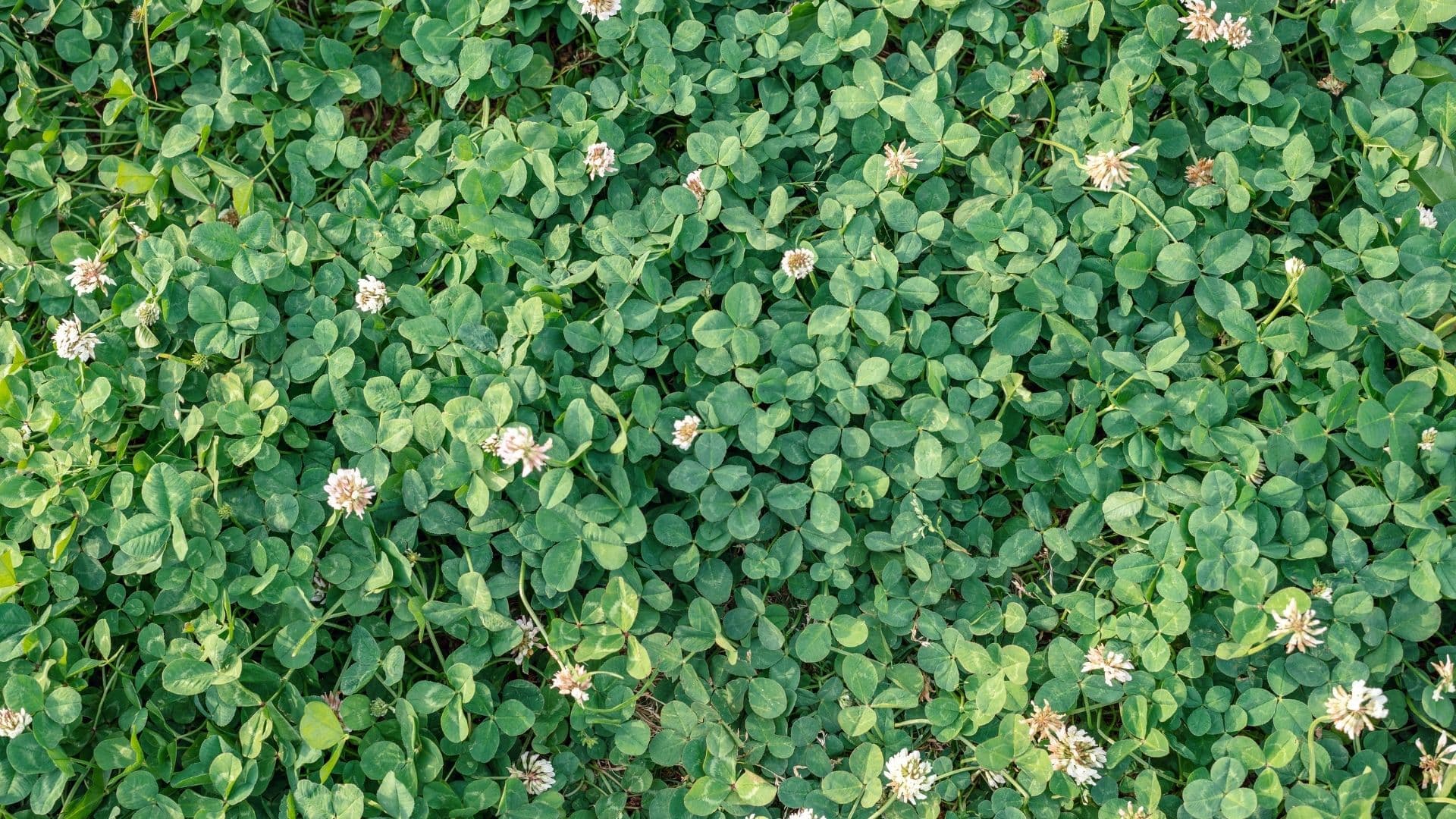
White clover is hardy to zones 3-10. It prefers to grow in full sun but can tolerate part shade. Though you can use clover as the sole plant in your lawn, it holds up to foot traffic better when paired with grass. This blend is easy to accomplish—for brand new lawns, mix in a small amount (5-10%) of clover seed with grass seed and spread it over prepared soil. For established grassy lawns, mow the grass short then spread clover seed over the yard. It may help the seed-spreading process to mix the small clover seeds with sand before applying on your lawn.
Some more desirable characteristics of clover are its rich green color and drought tolerant nature. Clover is also beneficial for pollinators. Technically a legume, clover pulls nitrogen from the air and uses it as fertilizer, which means you don’t need to add any supplemental fertilizer to keep your clover lawn looking vibrant.
Additionally, clover isn’t hurt by dog urine—many people feel frustrated by the yellow patches of grass in their yard that have been burned by dog urine. Clover will not suffer the same fate as grass in this instance and instead maintains a lush, green appearance.
2. Thyme
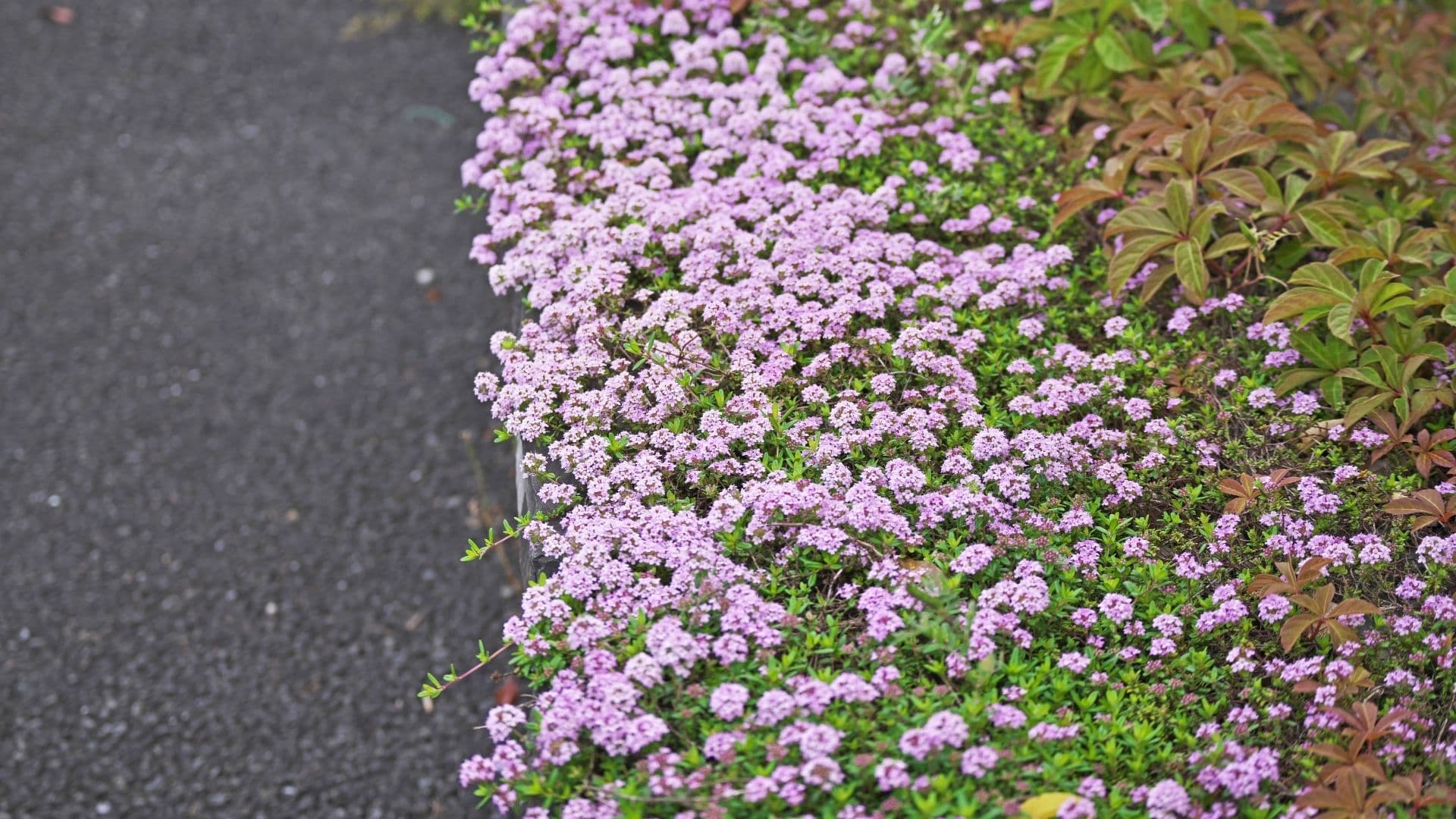
Hardy to zones 4-9, thyme is a popular lawn alternative. It grows in full sun and can tolerate some shade and is a water wise plant. You can choose creeping or woolly varieties, depending on the look you’re going for. There are many varieties of each.
Thyme comes in various colors, including (but not limited to) silver, pink, purple, and blue-green. Some varieties even release a delightful fragrance when stepped on. Thyme can handle moderate foot traffic. In areas of high traffic, consider adding a rock pathway and allow the thyme to fill in the spaces.
3. Corsican Sandwort
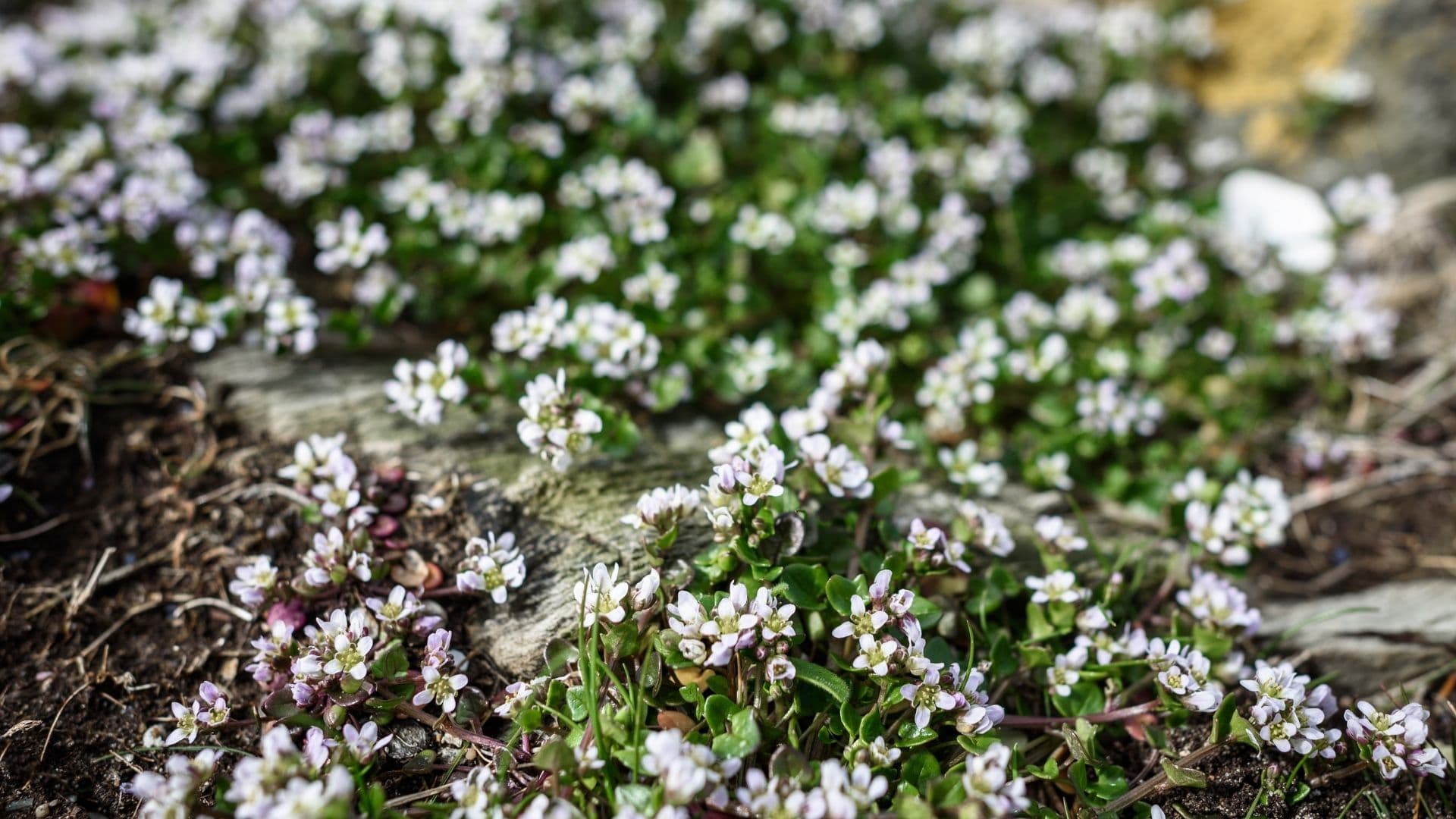
Corsican sandwort is a moss-like plant that is ideal for shady areas. It is hardy to zones 4-8 and can tolerate light foot traffic. Sandwort prefers moist, well-drained soil. It forms a soft, green carpet and has tiny white blossoms in the spring.
4. Scotch Moss
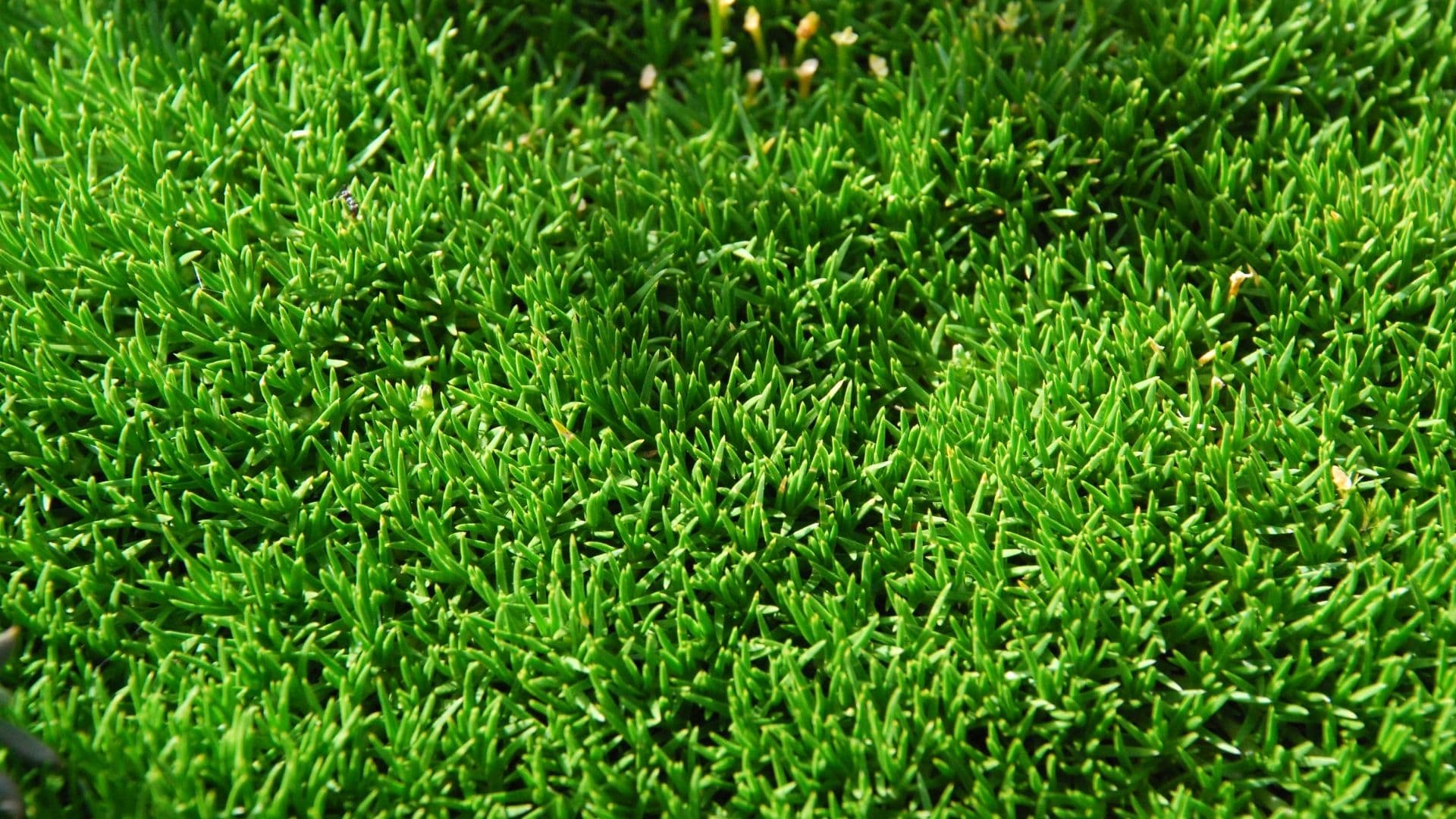
Scotch moss is hardy to zones 5-9, with the ‘Aurea’ variety being hardy to zone 3. It can tolerate low to moderate foot traffic and grows in full sun to partial shade. Scotch moss thrives in moist, well-draining soil. Though not technically a true moss, it forms a thick green carpet of small, yellow-green foliage.
5. Creeping Oregano
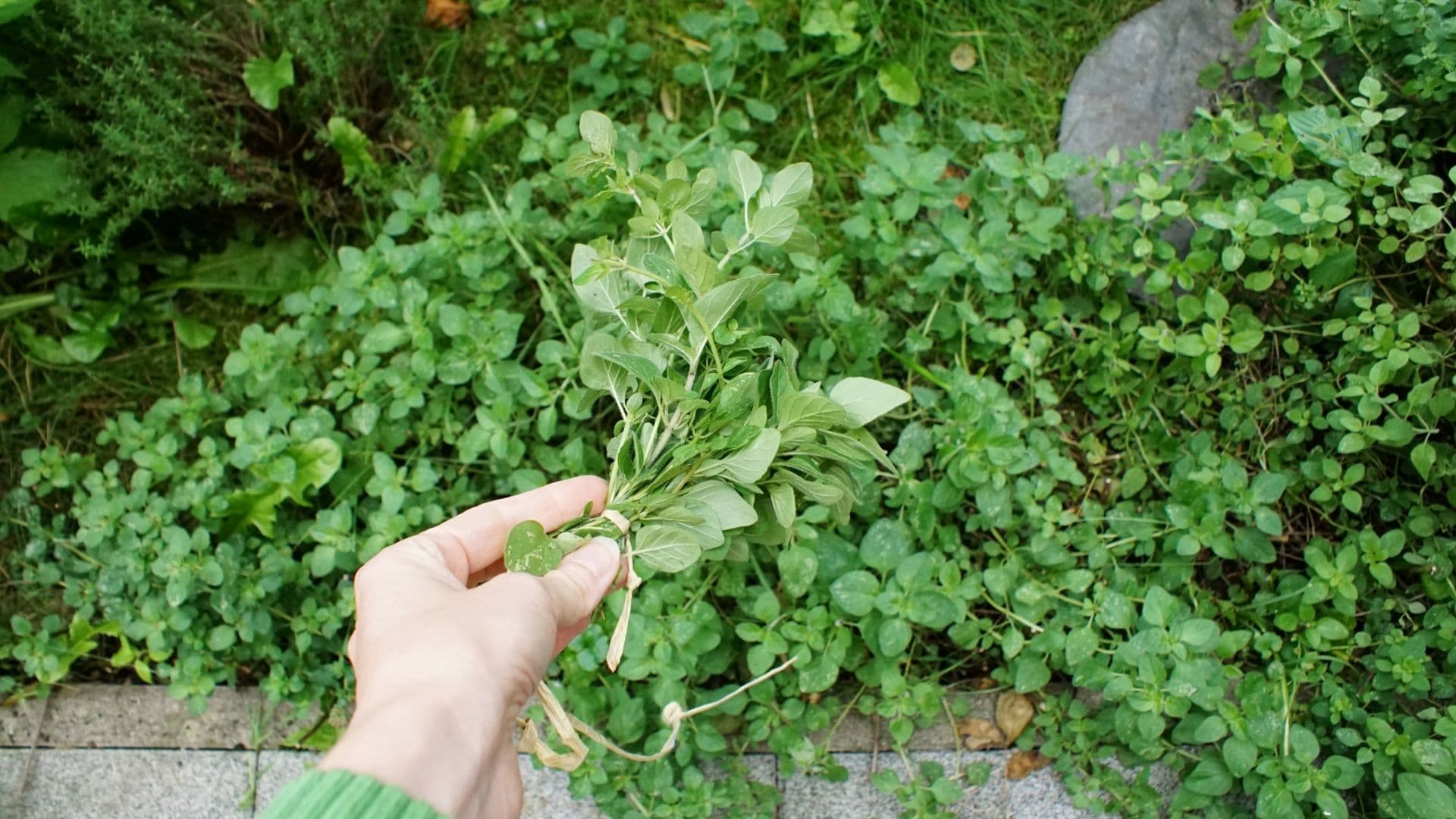
Creeping oregano is hardy to zones 5-10. It can tolerate moderate foot traffic and grows in full sun and poor soil, making it a great candidate for the parts of your yard that are not incredibly hospitable to many other plants.
It’s also an edible herb and smells amazing when cut. Creeping oregano can grow several inches tall, so if you prefer it to be shorter, shearing it once or twice a year will keep it short and dense. During the summer, it has small purple-white blooms.
6. Mazus
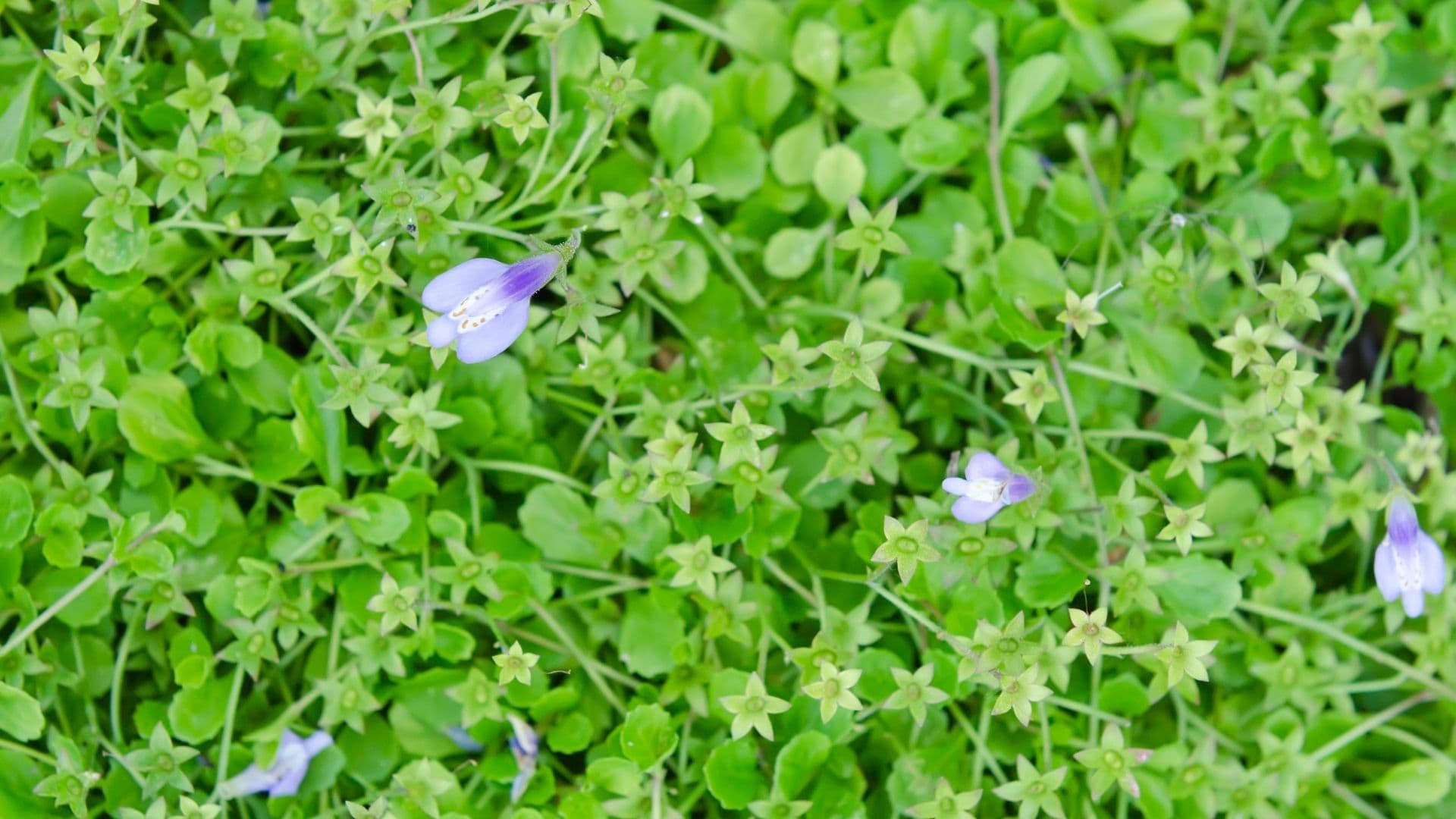
Mazus, Creeping Charlie, Creeping Jenny… it goes by these names and many more. Mazus reptans is one of the most popular lawn alternatives. It is hardy to zones 4-8 and grows in full sun but can tolerate partial shade. It has high foot traffic tolerance and is very low maintenance. Mazus has pretty little purple-blue blossoms in the late spring.
The plants stay low to the ground, only growing 2-6 inches tall and forming a dense cover. They spread out well and fill in cracks between rocks and pavers in your yard.
7. Chamomile
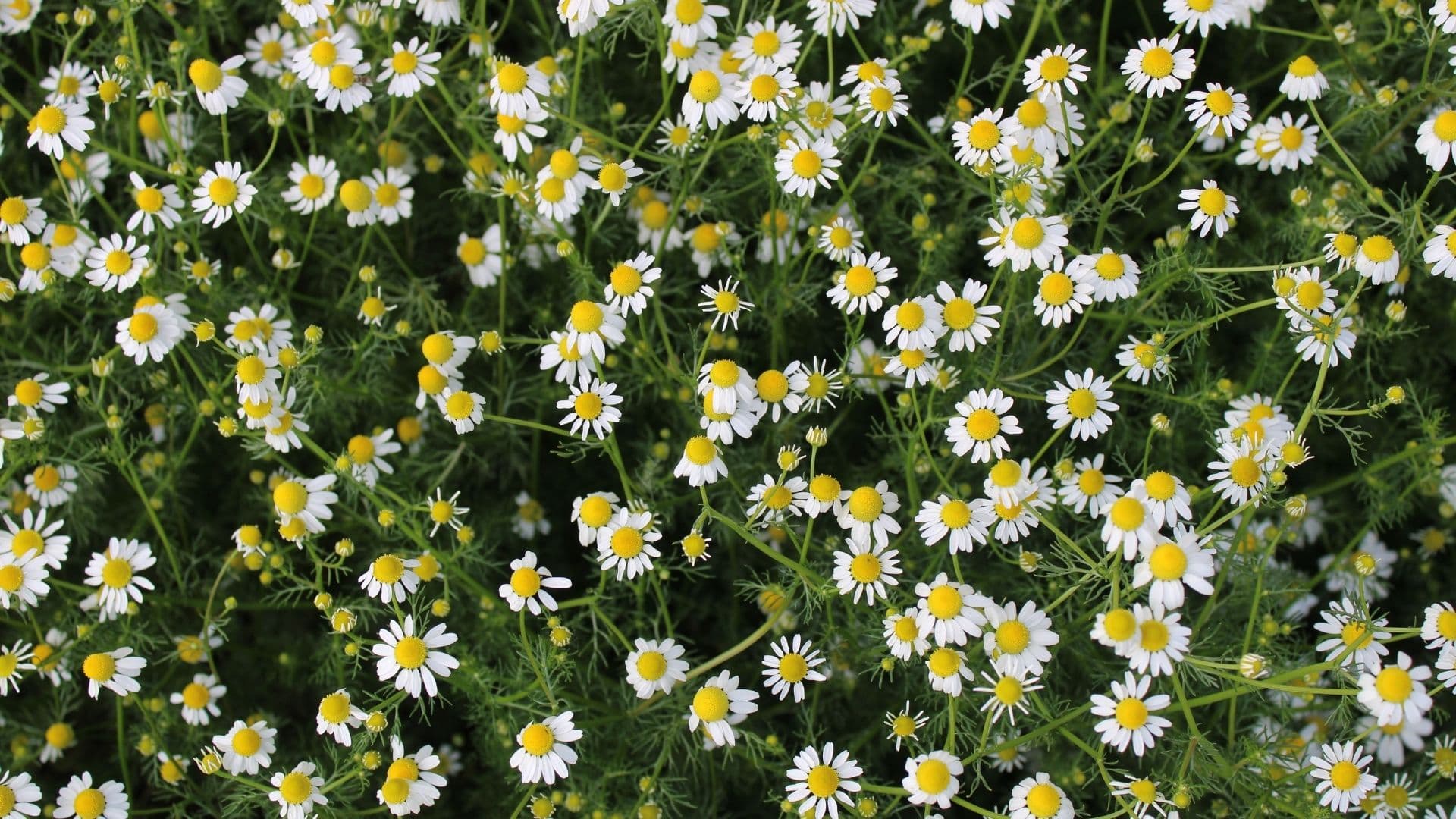
Hardy to zones 3-9, chamomile is a low maintenance lawn alternative that grows in full sun. Chamomile is a more delicate option and can only hold up against mild foot traffic. It also has a delightful aroma and smells a bit like apples and daisies when stepped on.
Chamomile flowers look like little daisies with white petals and large, dark yellow centers. The leaves are frilly and the plants grow to form a dense carpet. It is a medicinal plant and is often used in herbal teas. When looking into using chamomile as a grass replacement, be sure to use the Roman or English varieties, as they stay lower to the ground.
Final Tips
If you are only going to stand in an area when you mow and trim it each week, it's probably not a great idea to plan for traditional lawn there in the first place. By choosing one of these alternatives, you can still have an attractive, green, surface cover than doesn't require regular maintenance. Win win!
As you can see, there are several different options to swap out for your grassy lawn. Whether you’ve got a shady yard or one that is always blasted by the sun, there’s a ground cover for your space. All of the ground covers shared here are much lower maintenance than a typical grassy lawn. Some of them are edible or medicinal, many of them are water wise, and they each bring different colors or blooms to your space.
If you’re tired of pouring time and energy and water into your grassy lawn, consider swapping it out for one of these alternatives. It can be daunting to make a big change like this, but it’s something that can be done in stages. Target areas of your yard that don’t get high foot traffic and try swapping the grass out for one of these living carpets!

